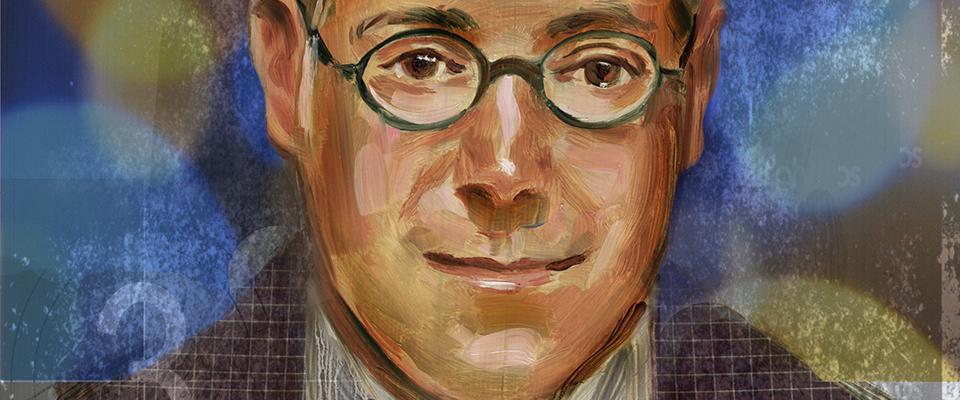When the filmmaker Werner Herzog ate his shoe onstage at the old UC Theater in Berkeley, circa 1978 or ’79, Les Blank was there to film it. (The day was April 11, so this is an anniversary of sorts.) The shoe–a chukka boot, to be precise: leather uppers, gum soles–was cooked at Chez Panisse for 5 hours, after being stuffed with garlic and doused in hot sauce. (Mr. Blank was crazy for garlic
and once made a film called “Garlic Is as Good as 10 Mothers,” which he liked to screen in “smellovision”–i.e, with garlic cooking in the aisles as the film rolled.) The resulting film was, “Werner Herzog Eats His Shoe.”
Les Blank died at his Berkeley home on Sunday. He was 77. In addition to films about garlic and footwear consumption, he made ones about gap-toothed women and zydeco music and blues music and jazz music–all kinds of American roots music. The Internet Movie Database lists 37 titles in all. For nearly as many years, he lived in Berkeley, where he allegedly did some graduate work at the University and was a denizen of Tom Luddy’s Pacific Film Archive.
Herzog’s unorthodox repast, which he cut up with poultry shears and washed down mit Heineken (all except the soles, which he likened to the bones in a chicken dinner; i.e., you leave them on the plate), was the result of a challenge Herzog issued to his friend (and Cal alum) Errol Morris. Herzog told Morris he’d eat his shoes if the budding director (now an Academy Award-winner) ever finished his debut film, ostensibly a documentary about a struggling pet cemetery in Los Altos. Morris did complete his film. It was called “Gates of Heaven.” The tagline was “Death is for the living and not for the dead so much.” The great populist film critic Roger Ebert, who also died this earlier this month, declared it an underground classic and one of the 10 best films of all time–“Gates of Heaven,” that is, not “Werner Herzog Eats His Shoe.”
But Blank’s oeuvre commands similar respect. Among his best films was another one he made about Herzog, called “Burden of Dreams.” Ebert called it “one of the most remarkable documentaries ever made about the making of a movie” — the work of one brilliant artist closely observing another.


















